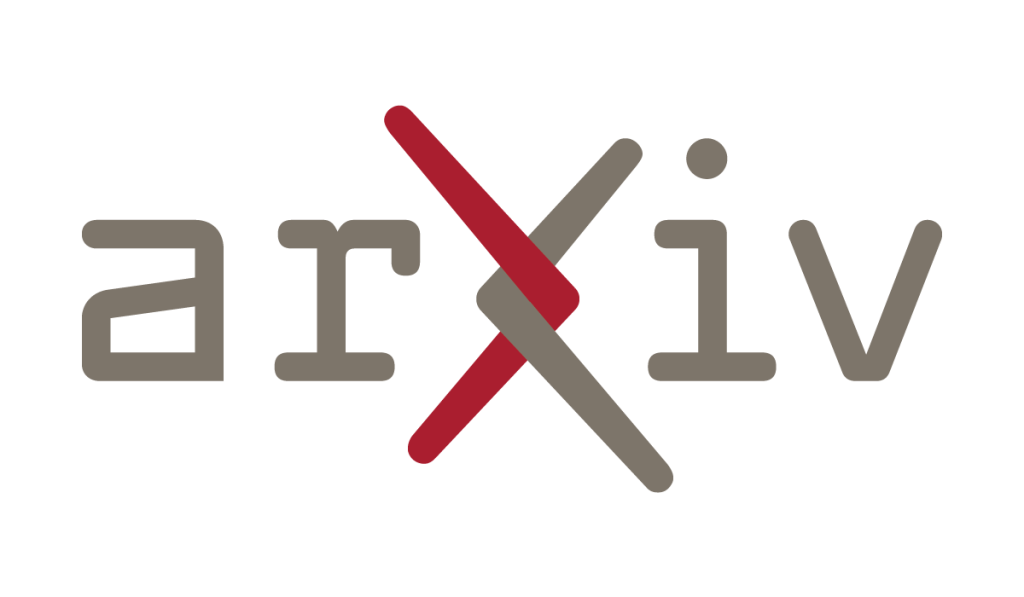arXiv:2505.01651v1 Announce Type: new
Abstract: This paper introduces the HAIG framework for analysing trust dynamics across evolving human-AI relationships. Current categorical frameworks (e.g., “human-in-the-loop” models) inadequately capture how AI systems evolve from tools to partners, particularly as foundation models demonstrate emergent capabilities and multi-agent systems exhibit autonomous goal-setting behaviours. As systems advance, agency redistributes in complex patterns that are better represented as positions along continua rather than discrete categories, though progression may include both gradual shifts and significant step changes. The HAIG framework operates across three levels: dimensions (Decision Authority Distribution, Process Autonomy, and Accountability Configuration), continua (gradual shifts along each dimension), and thresholds (critical points requiring governance adaptation). Unlike risk-based or principle-based approaches, HAIG adopts a trust-utility orientation, focusing on maintaining appropriate trust relationships that maximise utility while ensuring sufficient safeguards. Our analysis reveals how technical advances in self-supervision, reasoning authority, and distributed decision-making drive non-uniform trust evolution across both contextual variation and technological advancement. Case studies in healthcare and European regulation demonstrate how HAIG complements existing frameworks while offering a foundation for alternative approaches that anticipate governance challenges before they emerge.
Source link
Human-AI Governance (HAIG): A Trust-Utility Approach
Previous ArticleResearch Focus: Week of May 7, 2025

